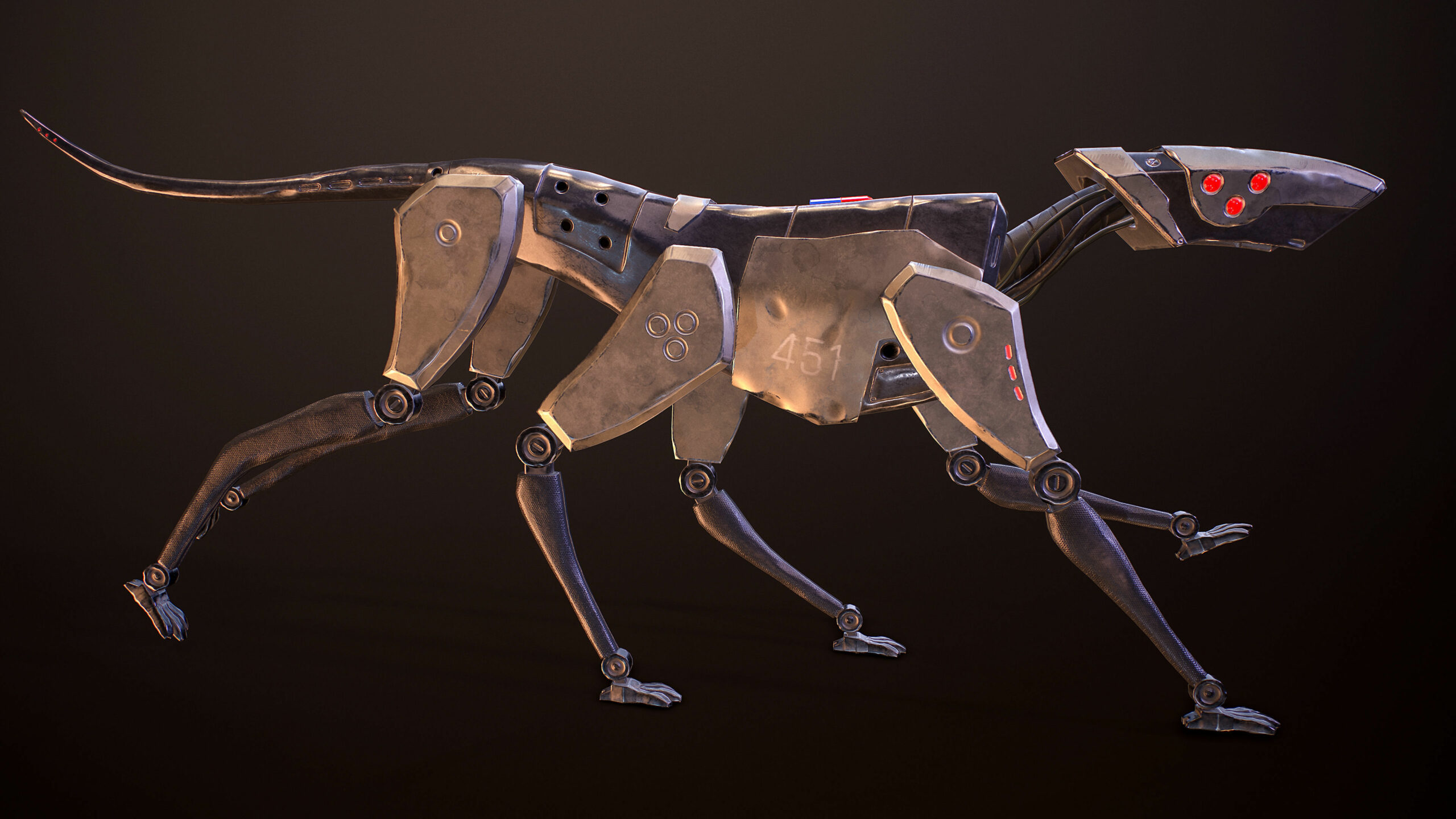In Ray Bradbury’s dystopian masterpiece, Fahrenheit 451, the Mechanical Hound stands as a chilling embodiment of technological oppression. More than just a robotic dog, this eight-legged metal creature represents the perversion of nature, the suppression of individual thought, and the insidious power of a totalitarian state. This deep dive will explore the Hound’s multifaceted symbolism, its impact on protagonist Guy Montag, and its unsettling relevance to our modern world. Embark on a heartwarming adventure with the classic Misty of Chincoteague book to see how animals are celebrated, in contrast to the Hound’s depiction.
Unpacking the Hound’s Symbolic Significance
The Mechanical Hound transcends its function as a mere tool of the firemen; it embodies the dystopian society’s core values. Imagine a loyal canine companion twisted into a cold, metallic predator, programmed to hunt down those who dare to possess the forbidden fruit of knowledge – books. This perversion of nature suggests how technology, something with the potential for good, can be warped into an instrument of oppression. Much like the magic in Beautiful Creatures Margaret, which can be both a gift and a curse, technology in Fahrenheit 451 has a dark side.
The Hound’s very presence exudes fear and enforces conformity. Its menacing appearance – copper wire, eight legs, and a needle-like proboscis dripping with lethal tranquilizer – serves as a constant reminder of the government’s power and its willingness to use force against its citizens. This chilling reminder effectively stifles dissent, breeding a society where silence is golden and curiosity can be fatal.
This metallic, emotionless hunter also reflects the dehumanization pervading Fahrenheit 451. In a world where books are burned and genuine human connection is discouraged, the Hound fits right in. Devoid of empathy, it mirrors the regime it serves, offering only pain and punishment. This raises a crucial question: is the Hound a monster, or simply a reflection of the monstrous society it inhabits?
Montag and the Machine: A Shifting Dynamic
The Hound’s relationship with Montag is central to the novel’s narrative arc. Initially, Montag exhibits a detached curiosity towards the Hound, perhaps even a sense of awe, as one might have for a powerful machine. However, as Montag’s intellectual and emotional awakening begins, his perception of the Hound undergoes a dramatic transformation. It becomes a personal threat, a relentless pursuer that fuels his growing paranoia.
This shift is likely driven by several factors. Some experts believe Montag’s internal changes, perhaps chemical or hormonal shifts triggered by his newfound intellectual curiosity, could be detected by the Hound’s advanced sensory technology. Another theory suggests that the Hound’s aggression is a result of manipulation, a possibility raised by Fire Captain Beatty. Whether Beatty is genuinely unsure or intentionally sowing seeds of doubt, this ambiguity further amplifies the novel’s pervasive atmosphere of suspicion.
The Hound’s pursuit of Montag represents the individual’s struggle against a technologically advanced, all-powerful state. Where can one hide when their very scent betrays them? This constant surveillance creates a pervasive sense of dread, suggesting that privacy is an antiquated notion and escape is nearly impossible.
The Hound’s Legacy: A Warning Across Time
Beyond the pages of Fahrenheit 451, the Mechanical Hound’s chilling presence resonates with contemporary anxieties about artificial intelligence, surveillance technologies, and the potential for technology to be weaponized. Bradbury’s vision, though written decades ago, foreshadows the ethical dilemmas we face today. The Hound’s programmed prejudice, its capacity to target specific individuals with terrifying accuracy, prompts us to question the implications of unchecked technological advancement. Are we, in our pursuit of innovation, creating our own versions of the Hound?
Furthermore, the injection of procaine, a powerful paralytic, into Montag signifies not only physical incapacitation but also the symbolic suppression of free thought and independent action. This act underscores the vulnerability of the individual against the brute force of a technologically empowered state. The Hound’s actions ultimately deepen Montag’s rebellion, making him question the very foundations of his society and propelling him towards a path of resistance.
The Mechanical Hound is more than just a fictional creation; it’s a potent symbol that compels us to confront uncomfortable truths about power, control, and the seductive nature of technology. It serves as a stark warning to safeguard our humanity in a world increasingly shaped by technological advancements, reminding us that the price of freedom is eternal vigilance.
- Crypto Quotes’ Red Flags: Avoid Costly Mistakes - June 30, 2025
- Unlock Inspirational Crypto Quotes: Future Predictions - June 30, 2025
- Famous Bitcoin Quotes: A Deep Dive into Crypto’s History - June 30, 2025
















